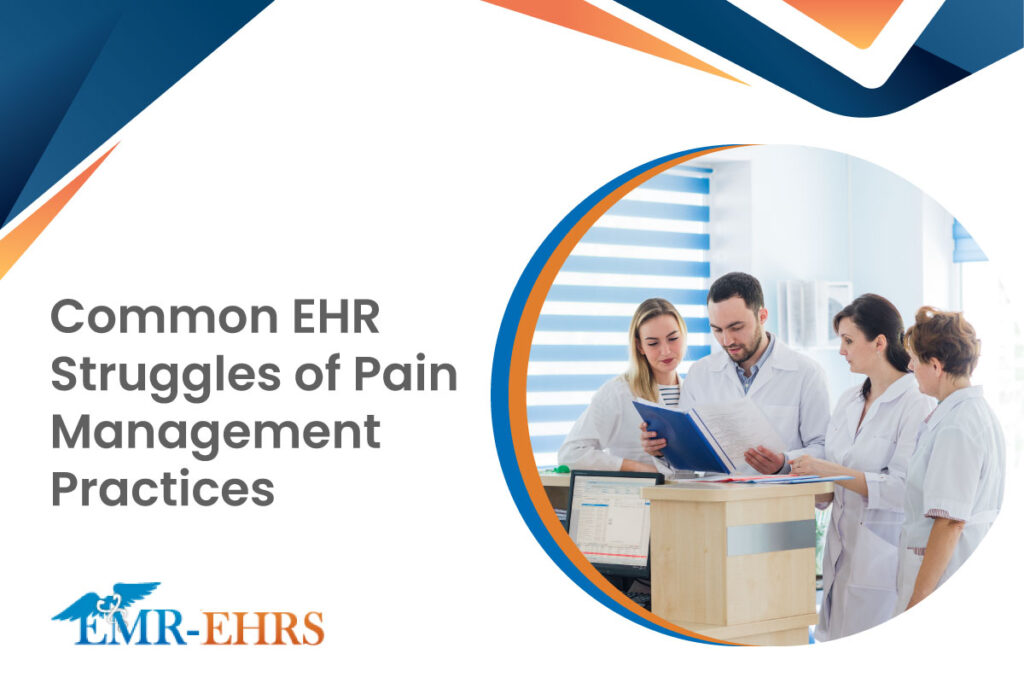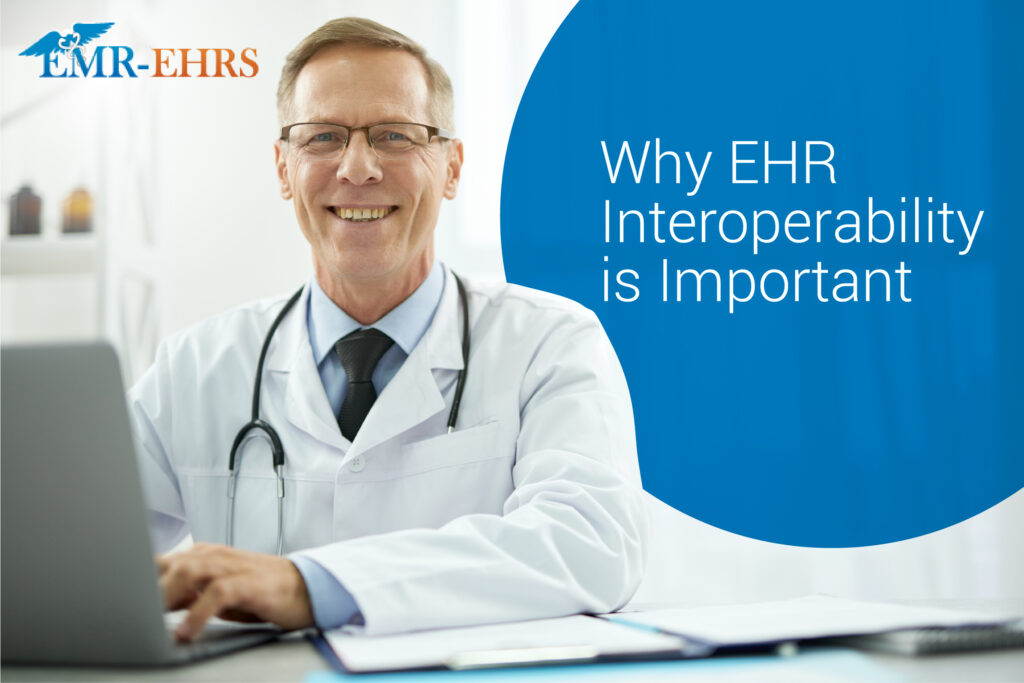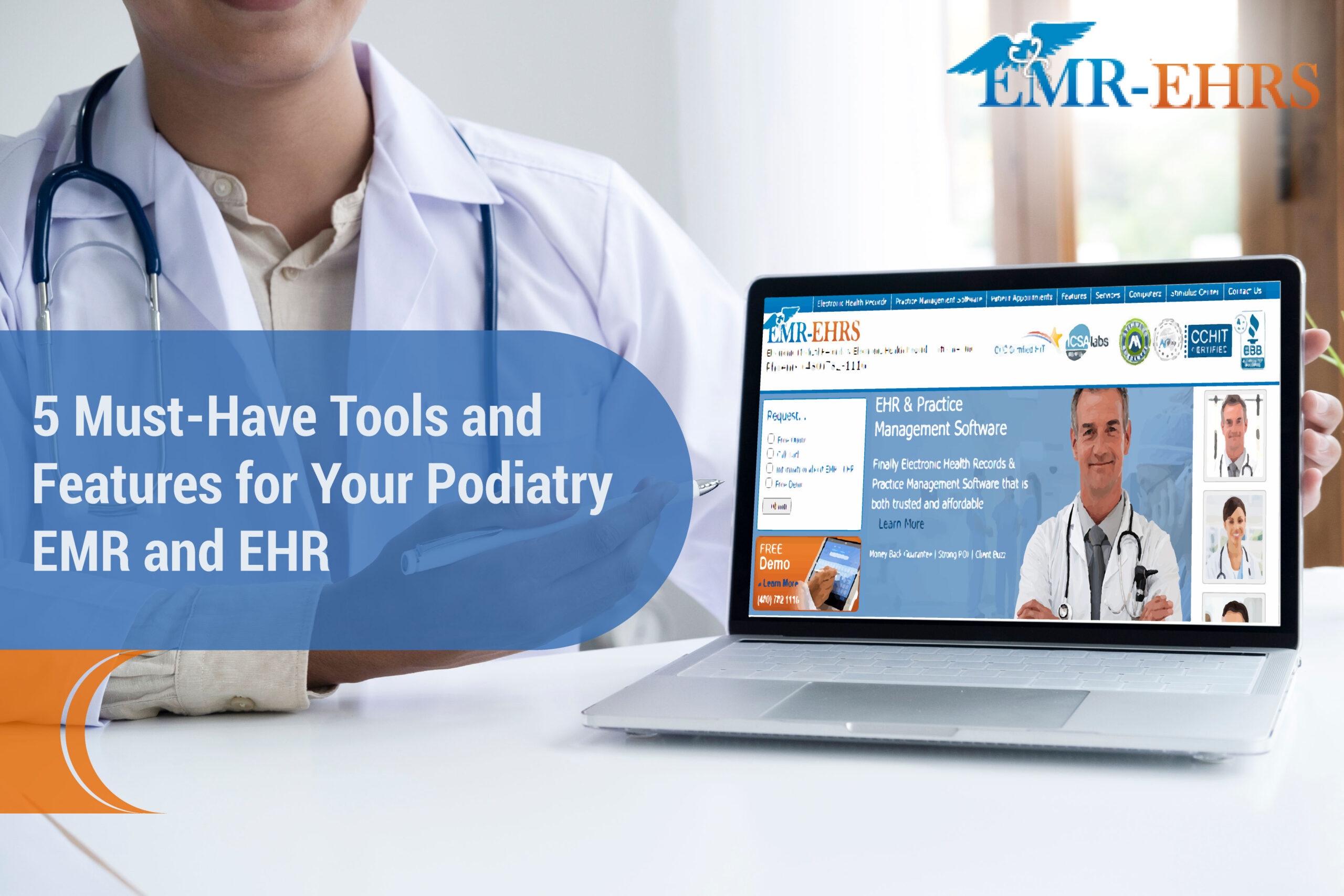
The popularity of Electronic Health Records (EHRs) is growing globally. Public health organizations and governments are enhancing technology and innovation to deliver better health services.
In addition, EHR systems are critical to improving patient satisfaction in healthcare. Depending on the system and its implementation, patient satisfaction with the EHR can affect patient retention rates positively or negatively. A good user experience allows doctors to focus on patients instead of paperwork.
This article discusses the impact of EHRs on the quality of care and how they affect patient satisfaction and retention.
What is the impact of EHR on the quality of care?
According to a university study, using EHRs improves the quality of patient care. Having patients access their own EHRs will become a mainstream feature of healthcare systems in the near future.
Additionally, EHRs improve healthcare delivery on many levels, such as:
- Facilitate diagnosis and claim submission by improving the accuracy of documentation
- Management of medication in one location and alerts for drug interactions
- Automated alerts that notify potential risks to begin treatments immediately
- Easier and more effective integration of evidence-based clinical guidelines
- Make point-of-care decisions easier by providing more outstanding support
- Easily track and implement preventive care
As a result, EHRs provide more secure storage and analysis of medical records, allowing you to create reports more quickly, explore trends more in-depth, and control inventory more efficiently.
Meanwhile, the federal government has invested over $30 billion in adopting and implementing EHRs for healthcare practices to improve patient care. Thus, it is essential not to underestimate the importance of EHR at this point.
The 5 Tools on How EHRs Affect Patient Satisfaction and Retention
- Patient Healthcare App
For patients to receive the best possible care, they must be the priority. However, a limited view of their health plan may discourage them from participating in their healthcare journey.
You must integrate a smartphone and tablet-compatible patient healthcare application if this is the case. The app should enable the storing of patient medical records, data management, treatments, and lab results. Patients can easily view and monitor their health records online without visiting the hospital.
By using the app, healthcare providers can deliver care outside traditional settings. Besides improving patient health and retention, it makes you more productive.
- Patient Self-Booking Feature
One of the most common tasks in medical practices is scheduling patients, and it can also affect your success in the long run. However, most patients miss their doctor’s appointments due to busy schedules. Why does this issue occur? Patients can’t attend to their health needs mainly due to work obligations.
According to a survey, almost half of U.S. workers feel stress daily at work, and 60% have felt it more often over the past five years.
Another concern is that most patients lack transportation, so they rarely go to the doctor—particularly those who live in distant cities and with poor public transit. While elderly patients can ride the subway or bus system, they may have difficulty walking once dropped off.
Therefore, your EHR should have a patient self-scheduling feature to avoid these situations. Optimizing appointment reminder solutions, which detail how long the appointment will last, can help medical facilities better cater to patients’ busy schedules. In addition, people who live long distances can set their schedules anytime and anywhere via the internet.
Generally, online scheduling can increase patient satisfaction and offer greater convenience to practices and providers.
- Efficient Check-In Process
Providing a great patient experience begins with the check-in process. If you still use paper for your patients, this may take too much time, resulting in delayed appointments and crowded waiting rooms. Indeed, current patient check-in processes in medical practices are prone to error & inefficiency.
That’s why you need an EHR with an automated patient check-in system. It is a system that can benefit staff and patients. For example, front office staff handle patient registration, respond to inquiries, and manage queues. So, it is possible to automate many of these processes, such as routine and after-hours inquiries.
Meanwhile, it’s also essential to maintain a smooth patient flow. Due to the stacking of appointments, any delay in one can affect all the rest. Automating your check-in process can drastically increase your healthcare practice’s patient satisfaction and retention rate.
- Patient Portal
Adopting an EHR with an integrated patient portal is the right choice for hospitals and healthcare practices. With a patient portal, patients can pay their bills online via smartphones. It also eliminates the need to mail paper statements or make phone calls to patients, allowing you to collect payments faster.
Patient portals that allow patients to pay bills online benefit practices financially and improve patient satisfaction and retention rates.
- Exchange of Information
The patient portal allows patients to share their EHR patient health information (CCDA File) with specialists or other providers. CCDA stands for Consolidated Clinical Document Architecture. It is a complete architecture that provides a full set of templates and methodologies for creating documents. With its HL7 format, health IT systems and EHRs can process documents while allowing people to access them on mobile devices.
Hospitals, clinics, and regulatory agencies use CCDA. It ensures that any EHR system can read patient records. Thus, providing patients access to their records reduces the time and resources other providers and patients spend searching for documents.
Choose the Top EMR/EHR Software
EHRs provide physicians with opportunities to improve their patient care. These five tools for your EHR can check for issues or allergies when prescribing new medications, uncover potential safety problems, and even identify operational issues through alerts and reminders. Get your EHR today!
Over the years, we are one of the qualified EMR software providers who assisted medical practices with EHR/EMR selection, implementation, and software usage. Fully Integrated Solutions are available for Podiatry Software Services, Sleep Medicine EHR, and Ambulatory Surgery Centers (ASCs) EMR. If you want to get the best EHR for pain management, we got it for you.
Furthermore, we specialize in providing customized EMR/EHR software to meet your practice’s specific needs. Schedule a demo or contact us through the contact form for more personalized information. Let’s work together to find the best software for your practice!
Do you have a favorite EHR add-on service? You are free to comment below!









